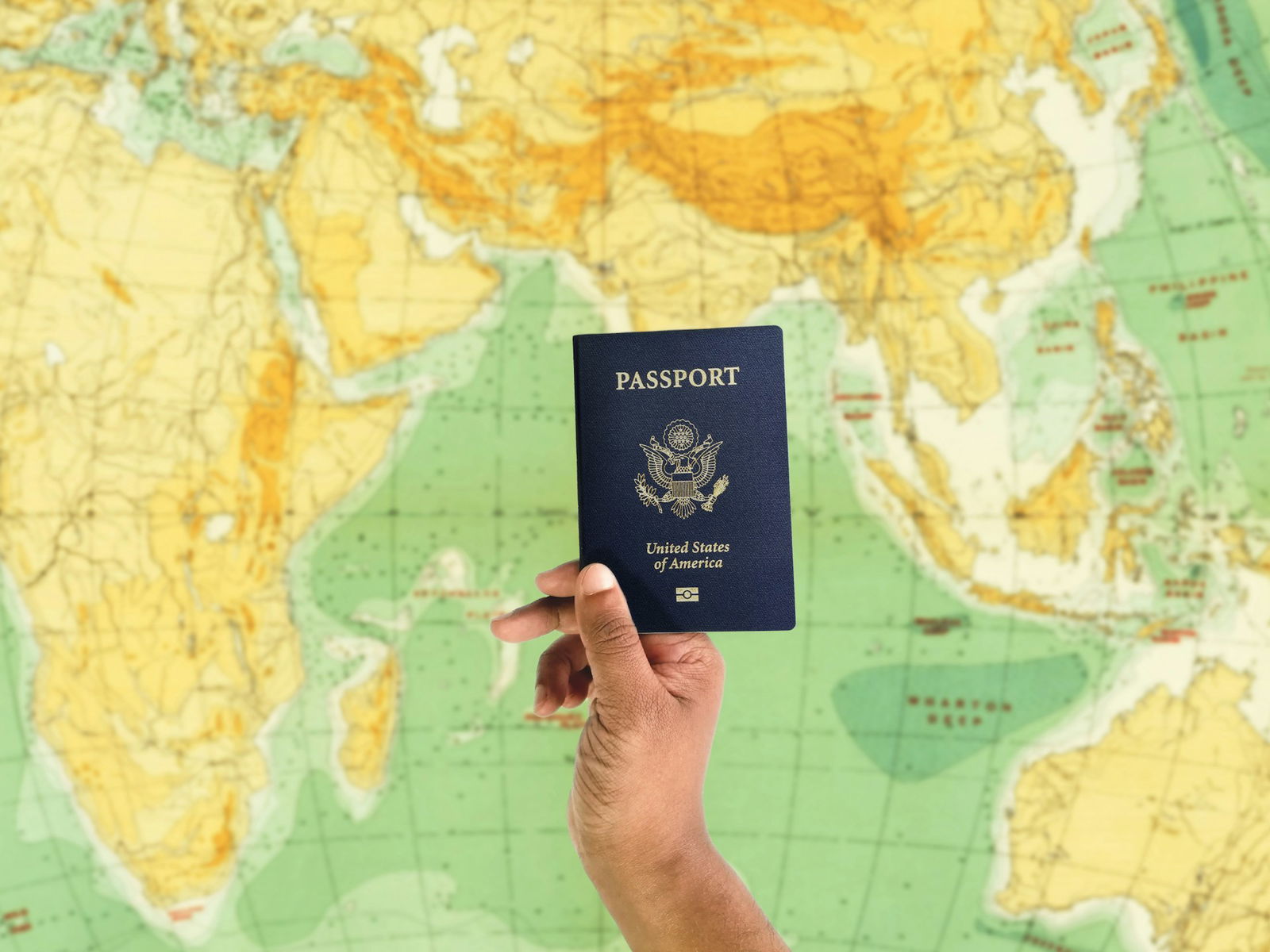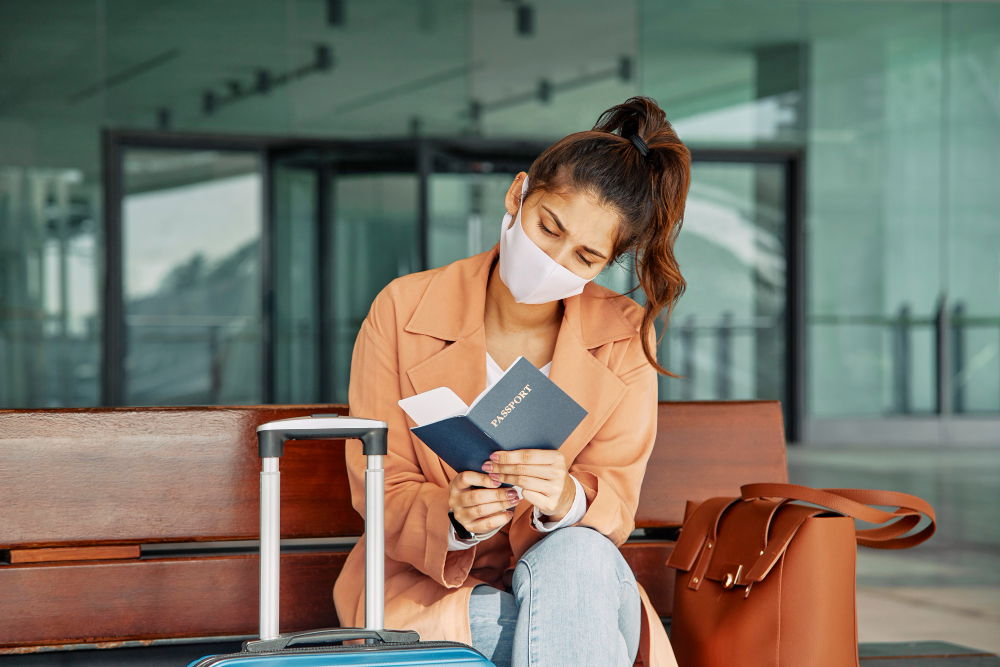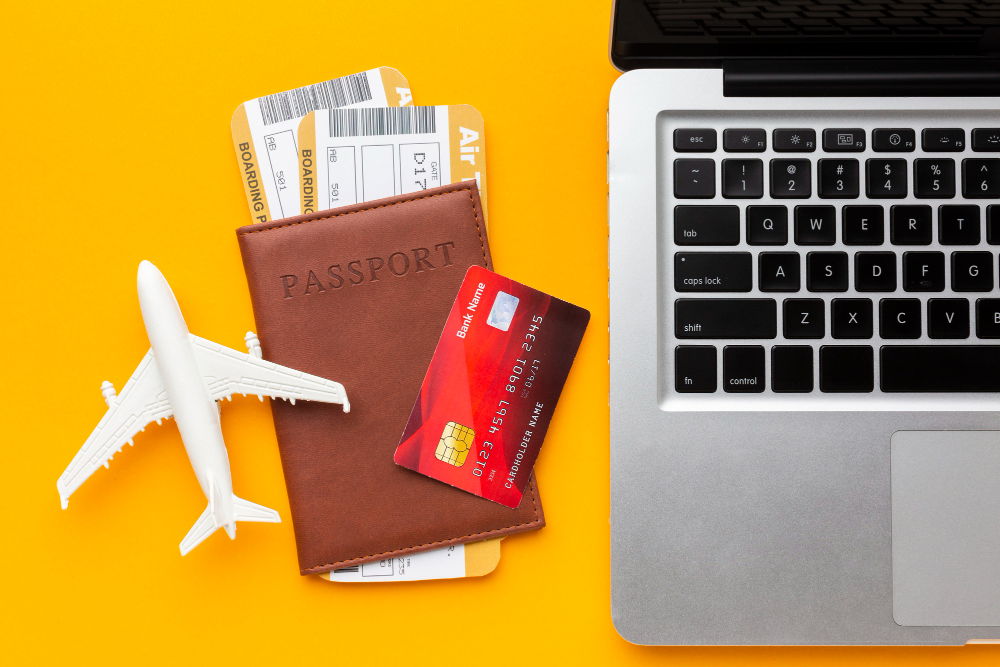
Your Ultimate Guide to Visa Applications: Everything You Need to Know
What is a Visa?
A visa is an official document or endorsement placed in your passport that allows you to enter, stay, or leave a country for a specified period of time. Essentially, it’s a permission slip from the country you plan to visit that grants you entry under certain conditions. Different countries have different visa requirements depending on the purpose of your visit.
It’s important to note that a visa doesn’t guarantee entry into a country; it simply permits you to seek entry. Immigration officers at the port of entry will still decide whether you meet the country’s requirements to enter.
Types of Visas
There are several types of visas, and the one you need depends on the purpose of your travel. The most common types include:
1. Tourist Visa
This visa is for travelers who wish to visit a country for leisure, tourism, or a short stay. Tourist visas are typically issued for a short period, ranging from a few days to a few months, and often don’t allow the traveler to work or study.
2. Student Visa
If you plan to study in a foreign country, you’ll likely need a student visa. This visa allows you to attend an accredited institution and generally permits you to stay for the duration of your program. Some student visas may allow you to work part-time.
3. Work Visa
Work visas are required if you intend to work in a foreign country. These visas usually require a job offer or sponsorship from an employer in the destination country. The requirements can vary greatly based on the country and type of employment.
4. Business Visa
Business visas are granted to individuals who are visiting a country for work-related purposes, such as attending conferences, meetings, or negotiations. This type of visa often allows for a shorter stay than a work visa.
5. Transit Visa
If you’re passing through a country on your way to another destination (without staying for an extended period), you may need a transit visa. These are generally short-term visas valid for just a few days.
6. Immigrant Visa
Immigrant visas are for individuals who wish to move permanently to a new country. These visas typically require extensive documentation and proof of eligibility, such as family ties, work sponsorship, or refugee status.
7. Other Visas
There are also various specialized visas, such as diplomatic visas, journalist visas, and medical visas, tailored to specific needs.
How to Apply for a Visa
Visa application processes vary depending on the country you plan to visit, but there are a few general steps you can expect to follow:
Step 1: Determine the Type of Visa You Need
The first step is determining which type of visa you need based on the purpose of your travel. You can usually find this information on the official website of the country’s embassy or consulate.
Step 2: Check the Visa Requirements
Each country has different visa requirements. Some common documents you might need include:
- A valid passport (with at least six months of validity)
- A completed visa application form
- Passport-size photographs
- Proof of accommodation (hotel bookings, invitations, etc.)
- Travel itinerary or flight tickets
- Financial proof (such as bank statements or sponsorship letters)
- Visa fee payment
Be sure to read the specific requirements for the country you are visiting, as missing any documents could result in delays or a rejected application.
Step 3: Complete the Application Form
Most countries have online visa application systems, but some still require paper applications. You’ll need to provide details such as your personal information, travel plans, and the purpose of your trip.
Step 4: Pay the Visa Fee
Many countries charge a visa fee, which can vary depending on the type of visa and the country. Payment methods can include credit/debit cards, bank transfers, or cash payments, depending on the country’s system.
Step 5: Schedule an Interview (If Required)
Some visa applications may require an interview at the nearest consulate or embassy. For example, U.S. visas typically require a face-to-face interview at the embassy, where you will be asked about your travel plans, your financial situation, and your ties to your home country.
Step 6: Submit Your Application
Once your application is complete, you can submit it online or at the embassy/consulate. You may need to mail in physical documents, or submit everything in person, depending on the country’s procedures.
Step 7: Wait for Processing
Visa processing times can vary, ranging from a few days to several weeks, depending on the country and type of visa. It’s recommended to apply well in advance of your planned travel date.
Step 8: Receive Your Visa
Once your visa is approved, you’ll either receive it in your passport or electronically, depending on the type of visa. Be sure to double-check all details before traveling to avoid any surprises at immigration.
Tips for a Smooth Visa Application Process
Apply Early: Visa applications can take time to process, so it’s best to apply at least a few weeks or months before your planned trip. Waiting until the last minute can be risky.
Double-Check Requirements: Every country has different visa requirements, and failing to meet them could lead to rejection. Always refer to the official embassy or consulate website for the latest information.
Gather Documents Carefully: Make sure you have all the necessary documents, and keep copies of everything you submit. Incomplete applications are one of the main reasons for delays.
Be Honest: Never provide false information on your visa application, as this can lead to severe consequences, including being barred from entry to a country.
Keep Track of Your Visa’s Validity: Be aware of your visa’s expiration date and how long you can stay in the country. Overstaying a visa can result in fines or deportation.
Conclusion
Navigating the visa process may seem overwhelming at first, but with careful planning and attention to detail, you can make it through without any issues. Always start early, gather your documents, and follow the specific guidelines provided by the country you plan to visit.
Whether you’re traveling for business, pleasure, or study, having the right visa is an essential part of your journey. Stay informed, and you’ll be well-prepared to embark on your next adventure!
Need help with your visa application? Be sure to consult with an official visa agency or the relevant embassy for guidance on specific requirements for your destination.



